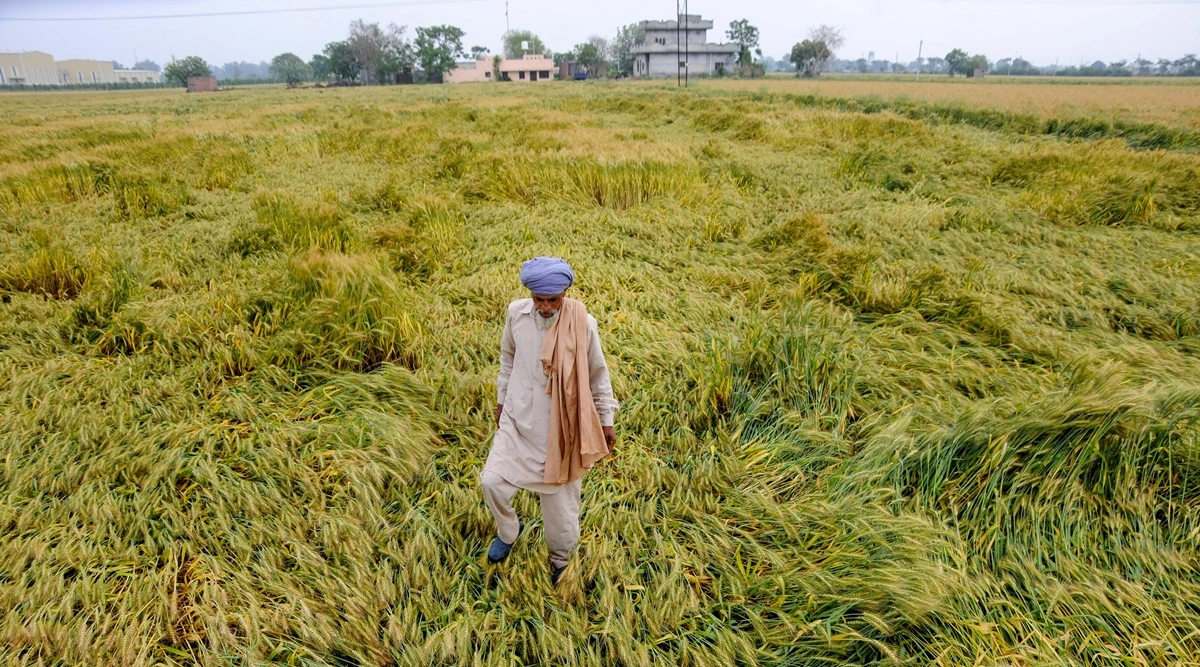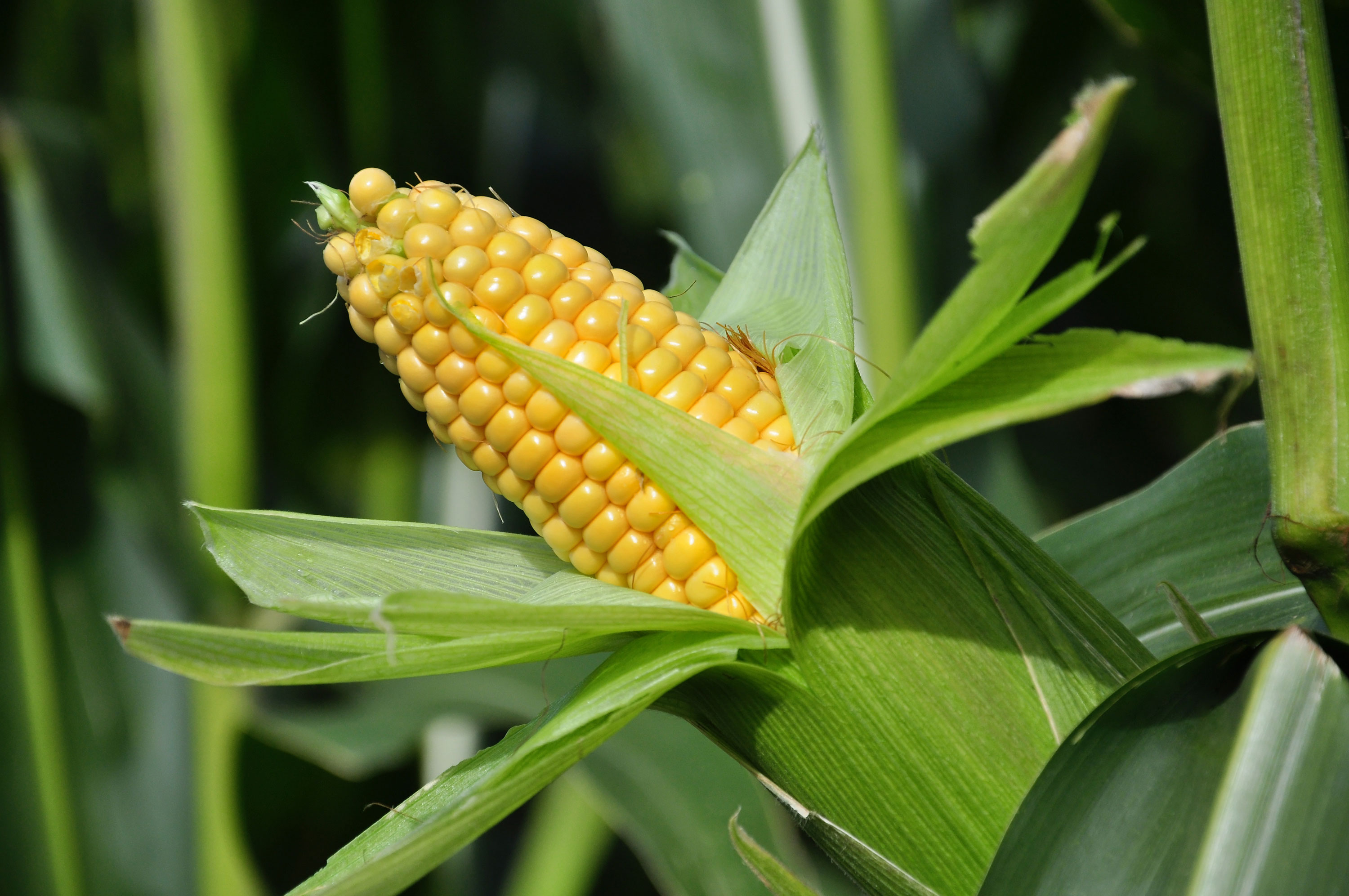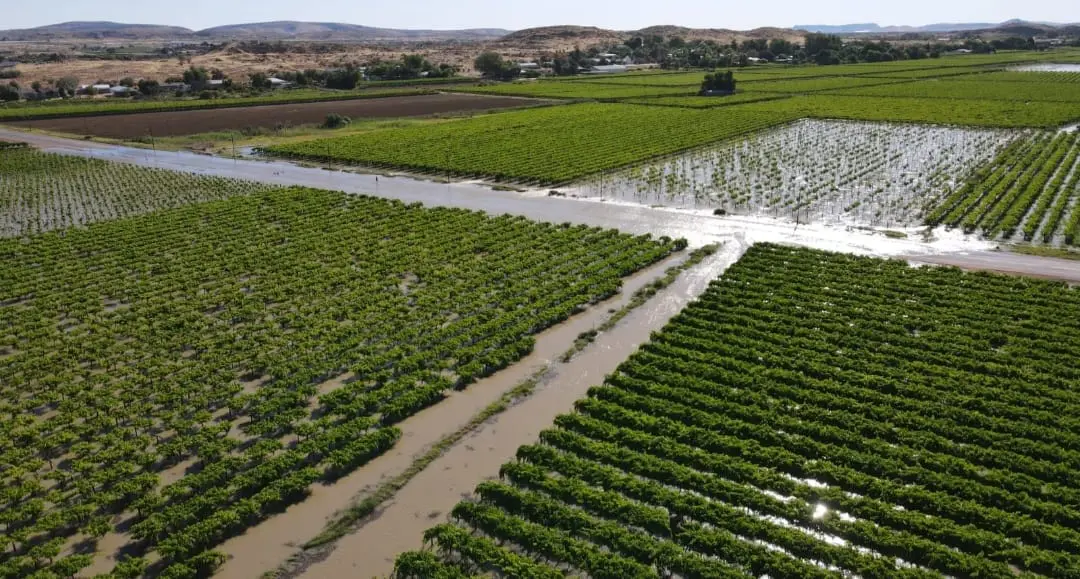Indonesian poultry farmer Yohanes Sugihtononugroho faced ruin four years ago when plummeting prices forced him to slaughter all 100,000 of his chickens and shutter his business.
He blamed large-scale poultry farmers who carried out a mass cull after their birds fell sick, flooding the market and sending prices tumbling.
"We were a small player fighting tooth and nail every day," he said. "When it all came crashing down, I was really depressed and didn't know what I then wanted to do with my life."
Instead of turning his back on farming, the 26-year-old decided to help others struggling financially by setting up CROWDE, a mobile crowdfunding platform that allows users to invest as little as $1 in thousands of farms across Indonesia.
Most of Asia-Pacific's 422 million farms are run by smallholders with less than 2 hectares (5 acres) of land each.
The majority of farmers in the region face an uphill battle to access credit, leaving them unable to modernise, boost yields, diversify into new crops, or stay afloat when hit by extreme weather fuelled by climate change.
CROWDE's app aims to change that by making it easier for people to invest in Indonesian farmers - whether producers of beef, poultry, fish, rice or chilli - and share in the profits.
Agents for CROWDE go into villages across the sprawling archipelago to persuade farmers to sign up. To date, the scheme has attracted about 14,000 farmers and 22,000 investors who have pledged $4 million-$5 million, said Sugihtononugroho.
CROWDE farmers do not receive cash, but instead get equipment like tools, seeds, fertilisers and pesticides, which CROWDE buys at a lower rate from agricultural suppliers.
When crops are harvested or animals slaughtered, CROWDE links farmers with buyers and suppliers to get them the best deals, and already has agreements with major supermarkets.
"I know the farmers I'm helping," said Sugihtononugroho, whose startup takes a 3 percent share of all money invested to run the app. "I'm going to every village - from west to east Java - talking to farmers."
INFORMAL LOANS
Asia-Pacific is home to 4.3 billion people and more than half depend on agriculture for a living, according to the U.N. Food and Agriculture Organization (FAO).
Because agriculture is seasonal, farmers often have to wait until harvest time before their work generates any revenue.
Many are subsistence farmers whose incomes cannot stretch to cover emergencies - like school fees, a sick family member or losses caused by disasters.
The bulk of investment in the region's farms comes from small, private and domestic lenders, including family savings, friends, buyers, traders and loan sharks.
But that informal system leaves poor farmers vulnerable to indebtedness after crop losses.
"In India you have horror stories of farmers who end up committing suicide," said Akmal Siddiq, head of rural development and food security at the Asian Development Bank (ADB) in Manila.
As well as holding farmers back, informal lending can also hinder growth in the value chain because traders and buyers who offer loans cannot invest that money in their own businesses.
Less than 10 percent of investments in agriculture in Asia-Pacific come from formal financial service providers like banks, experts say.
Banks tend to have fewer branches in rural areas and lending to farmers with no collateral is seen as too risky, driving interest rates higher than for urban loans.
Without access to financial services, Asian farmers struggle to pay premiums for crop insurance, join certification schemes that open up new markets, use the latest technologies or buy hardier seeds - dampening yields as a result.
Farmers cannot afford to upgrade their practices to supply higher-paying markets for export and big retailers, said Eva Galvez Nogales, an agriculture officer at the FAO in Bangkok.
"They cannot increase the quality of their products or make investments required for that," she said.
GOVERNMENT HELP
In developing countries, supply and demand for agricultural products is often badly managed by governments, leading to price fluctuations, said the ADB's Siddiq.
In addition, post-harvest losses due to spoilage caused by poor packing, long transport times or inadequate cooling range between 25 and 45 percent, he said.
After reaching market, Asian farmers tend to receive only about 30 percent of a food's sale price, he added.
With such high risks, policy makers must take the lead and introduce state-backed crop insurance schemes and regulation to boost formal lending and banking services, food experts said.
Supportive measures could include lending quotas for the agriculture sector, interest rate caps for farmers and rules requiring banks to expand into rural areas, they added.
Alongside credit, they urged banks to offer farmers insurance, financial management, savings accounts and technical assistance by creating partnerships spanning the value chain.
Bangladesh has had some success in promoting private-sector micro-finance institutions, which offer small loans and do not ask for collateral in many cases, experts said.
India - which has a third of Asia-Pacific's farms - has made strides in federal schemes for weather-based crop insurance, while China is using apps to get financial services to farmers.
Alibaba Group, China's biggest e-commerce firm, meanwhile has devised a system that uses big data and artificial-intelligence algorithms to provide loans to Chinese farmers.
The FAO's Galvez Nogales said formal lenders must also offer products targeting women farmers because they contribute the most labour but often lack access to farming income and assets.
At Indonesian startup CROWDE, the initial target is to get 100,000 farmers to join the scheme and then foster their growth.
"We want to help and empower every farmer," said Sugihtononugroho.
Source - http://news.trust.org















